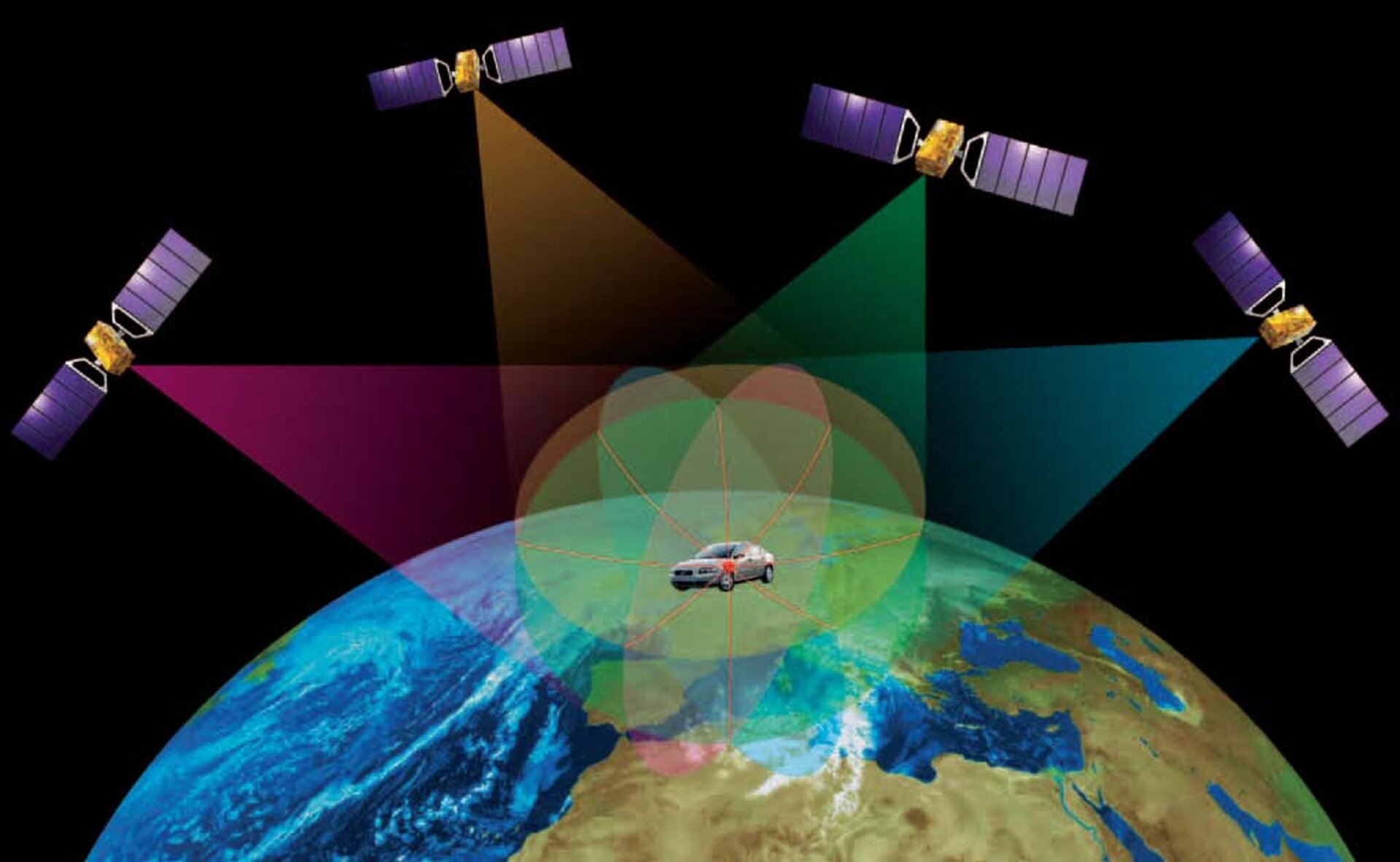Navigation systems have become an integral part of our modern lives, helping us to find our way around unfamiliar places, navigate traffic congestion, and even explore the vastness of outer space. From early maps and compasses to sophisticated GPS devices and smartphone apps, navigation systems have evolved significantly over time.
Early Navigation Systems
The earliest navigation systems relied on celestial bodies, such as the Sun, Moon, and stars, to determine direction and location. Sailors used celestial navigation to chart their course across vast oceans, relying on instruments like sextants and astrolabes.
The Age of Maps
Maps have been used for centuries to represent the Earth’s surface and help people navigate. Early maps were often inaccurate and incomplete, but they gradually became more precise and detailed over time. The invention of the printing press in the 15th century made it possible to produce maps in large quantities, making them more accessible to the general public.
The Rise of GPS
The Global Positioning System (GPS) is a satellite-based navigation system that provides accurate location information. GPS receivers can determine their position by triangulating signals from multiple satellites. This technology has revolutionized navigation and is used in a wide range of applications, from smartphones to cars and airplanes.
Other Navigation Technologies
In addition to GPS, there are other navigation technologies in use today:
- Inertial Navigation Systems (INS): These systems use gyroscopes and accelerometers to measure a vehicle’s motion and calculate its position without relying on external signals.
- Radio Navigation Systems: These systems use radio signals to determine location, such as the Very High Frequency Omnidirectional Range (VOR) system used in aviation.
- Smartphone Navigation Apps: These apps use GPS and other data to provide real-time navigation and traffic information.
The Future of Navigation
Navigation technology continues to evolve, with new developments such as augmented reality navigation and self-driving cars. As technology advances, we can expect to see even more sophisticated and accurate navigation systems that will make it easier for us to navigate our world.
